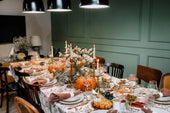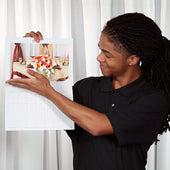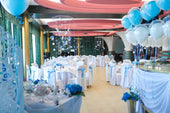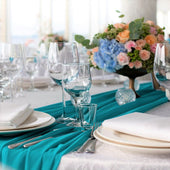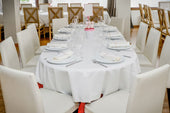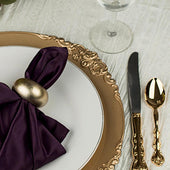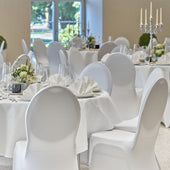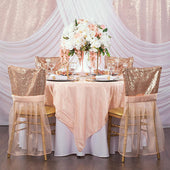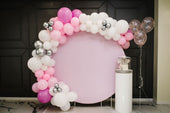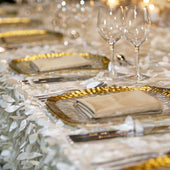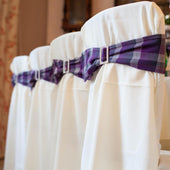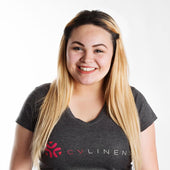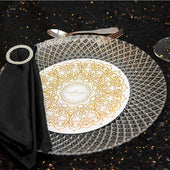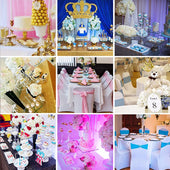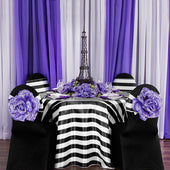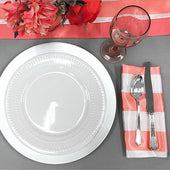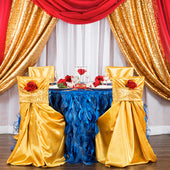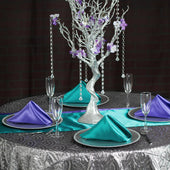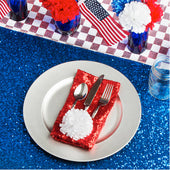Using vintage linens for your wedding, dinner banquets, and formal parties is a great way to give your event a touch of understated luxury. Vintage party linens often come in intricate details like embroidery and lace woven on organic fabric like cotton and linen. This makes it a perfect piece to add detail to your event.
For all its intricacy, it can be tricky to care for and maintain vintage party linens. In this blog, learn how to clean vintage linens to keep them pristine and ready for use at your next event.
Preparing to Clean Vintage Linens

Preparing to Clean Vintage Linens
Before diving into our quick guide to cleaning vintage linens, you will have to assess the condition of these charming decorative items.
First, do a visual test of your antique or vintage linens. Look out for major stains and damages to learn how to clean them properly. Carefully examine for frayed edges or holes to learn where to be extra careful in cleaning.
Next, take note of the type of fabric or material your linens are made out of. This is a good top tip when learning how to clean antique linens.
Different materials will require specific cleaning approaches. If your party linens have embroidery or lace, this is also good to note so that you don’t end up using abrasive cleaning agents that may damage delicate material.
After doing a visual test and noting the material, you will then want to check the care label on your vintage linens to get the right cleaning instructions. Some antique linens may not have these but you can usually find them on vintage-inspired linen.
Before going all out in washing or cleaning your vintage and antique linens, spot-test your cleaning material on a small portion of your linens. This way you can see how the fabric reacts to the cleaning agent and minimize any potential damage.
Cleaning Vintage Linens
1. Pre-Soak
After you’ve prepared your vintage linens, you can now get into cleaning them properly. The first step you’ll want to do is to pre-soak your linens in a mixture of mild detergent and water. This is a good way to loosen dirt gently to preserve its fabric.
Just how do you get vintage linens white again? Presoak your antique linens in a mixture of water and 3% hydrogen peroxide. Avoid bleach or chlorine as these may be too harsh on delicate fabric. This is how to clean yellowed vintage linen using a gentle and cost-effective way.
Want to learn how to clean vintage white linens? A good way to clean your vintage linens is to soak them in vinegar. Fill a tub with warm water and white vinegar with a ratio of ½ cup of vinegar to 4 quarts of water. Let your linens soak for up to 24 hours. Rinse well after soaking to remove excess vinegar. Lay your linen flat on an even surface or hang it to dry.
2. Treat Stains
Make sure to treat stains as soon as possible using gentle techniques. If your food stains are new, make sure to spot-treat them as soon as possible before they set on your linens. You can use your water and hydrogen peroxide solution again and dab it onto the stained area.
If you’ve got old stains, help these come loose by longer pre-soaking time in the affected area. If the stains are still hard to remove, you can try stain remover products but remember to spot test first.
3. Wash
Once you’ve loosened off the yellowed tint and other stains in your vintage fabric, hand wash them to remove the dirt and transform your linens.
Make sure to use mild detergent and to use gentle hand-washing motions to keep the fabric safe. You’ll also want to be especially gentle on areas with lace or embroidery to avoid damage. Hand-wash with mild detergent and avoid harsh chemicals.
For vintage linens with a lot of lace material, you can simply soak, pre-treat stains, and then rinse with vinegar to remove dirt and stains. There is no need for excessive hand washing as these may damage the delicate material of your lace.
4. Air-Dry
After your gentle yet meticulous cleaning process, carefully place your vintage linens on a flat and dry surface or hang them on a rack to air-dry. You can place them outside to sun dry but make sure the heat is not too harsh as to cause damage to your fabric. Heat from sunlight also gets rid of bacteria from your linens for a clean finish.
5. Storage
Lastly, properly store your antique or vintage linens in a cool and dry place to make them last longer. Avoid placing them in a damp area as these can be prone to mold or bacterial growth.
Wrap your vintage linens in clean inkless and print-free paper. You may also use white cotton or unbleached muslin. This is to make sure no other dye bleeds into your fabric while in storage. Vintage linens need proper air circulation to avoid the build-up of mold and bacteria that may damage it long-term.
Avoid wooden containers and plastic storage boxes. Wooden containers may stain your linens when they release acids or decompose. Meanwhile, plastic containers can trap moisture to form mold and mildew.
You can also fold your vintage linens to keep them from wrinkling while stored. You will also want to refold and rotate the linens at least once every season. This way, you release the pressure off of the folded corners to preserve the fabric longer.
Party in Style with Vintage Linen
Complement your vintage linens with a variety of decor pieces to elevate your tablescape.
Paired with classic polyester tablecloths or satin table runners, your vintage linens will win your guests' hearts. Dress up your antique linens with golden candelabras, crystal centerpieces, and other modern design elements.
Get pristine linens using this simple step and impress your guests with a dining experience to remember. Dress your party with the stunning charm and quiet luxury of vintage linens.
Our Products
Crystal Centerpiece
Satin Table Runners
Burlap























